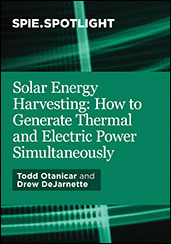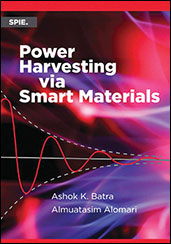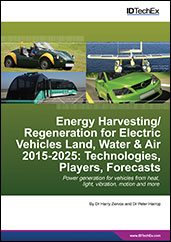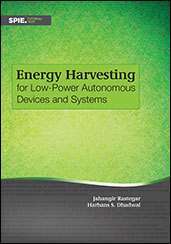Book

The Use of Electric Batteries for Civil Aircraft Applications
2018-12-10
The Use of Electric Batteries for Civil Aircraft Applications is a comprehensive and focused collection of SAE International technical papers, covering both the past and the present of the efforts to develop batteries that can be specifically installed in commercial aircraft. Recently, major commercial aircraft manufacturers started investigating the possibility of using Li-Ion batteries at roughly the same time that the military launched their first applications. As industry events unfolded, the FAA and committees from RTCA and SAE continued efforts to create meaningful standards for the design, testing, and certification of Li-Ion battery systems for commercial aviation. The first document issued was RTCA DO-311 on Mar. 13, 2008. As the industry continues to develop concepts and designs for the safe utilization of the new Li-Ion battery systems, many are already working on designs for all-electric aircraft, and small two-seat training aircraft are currently flying.








